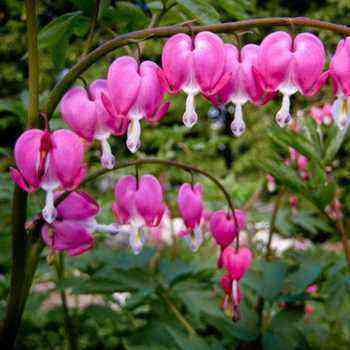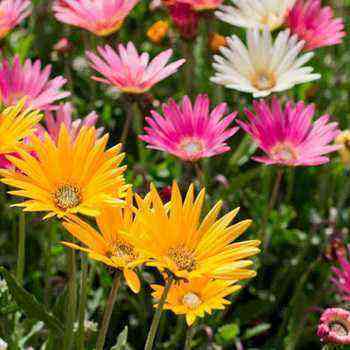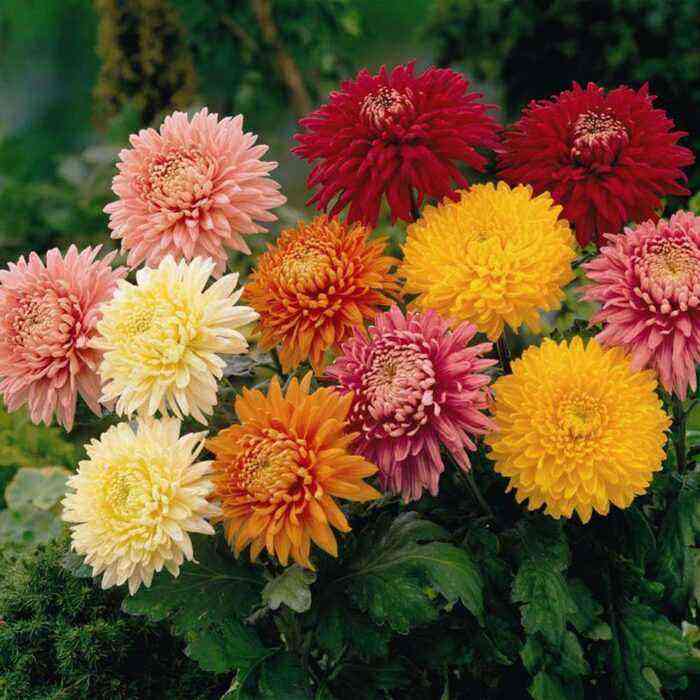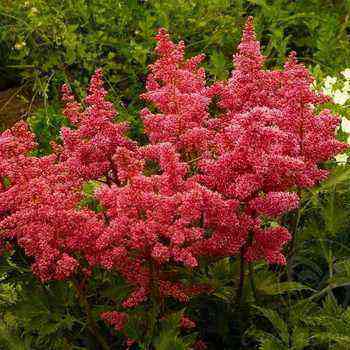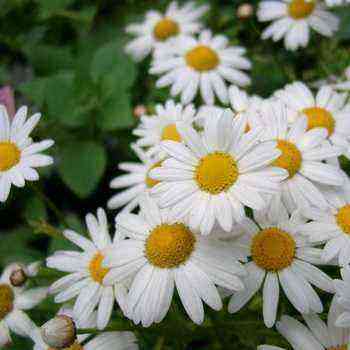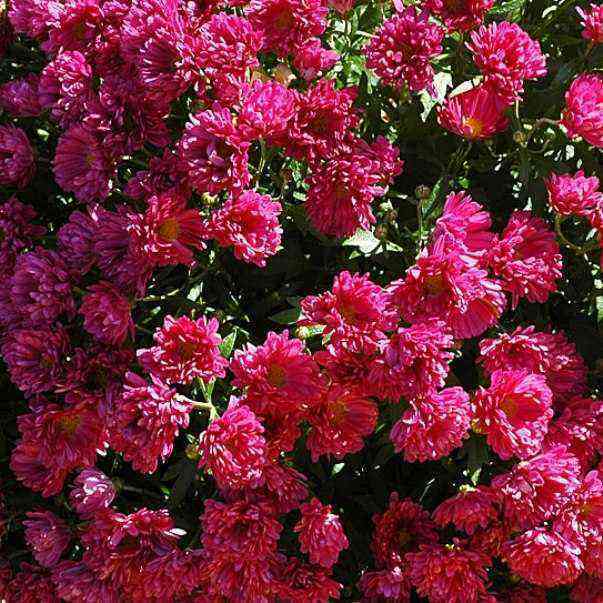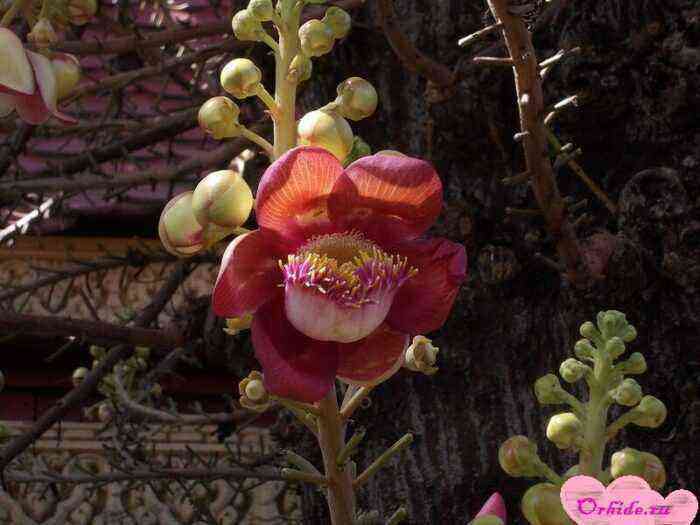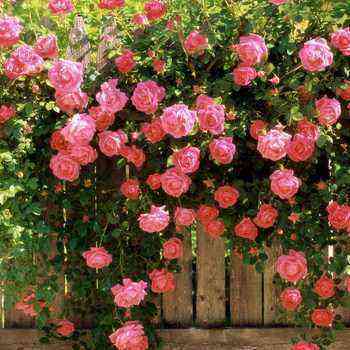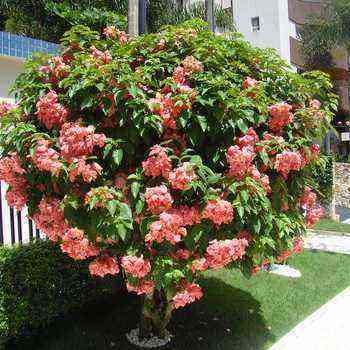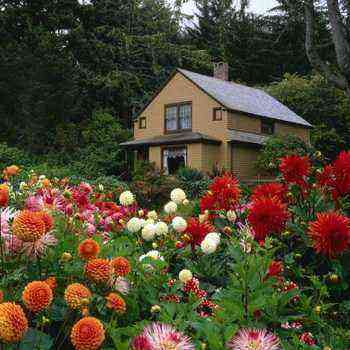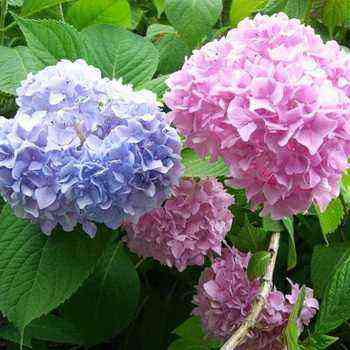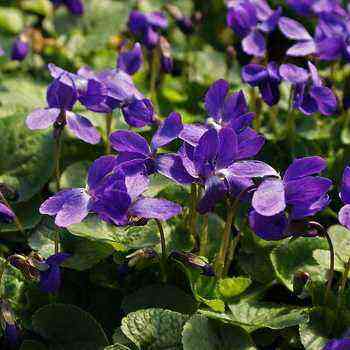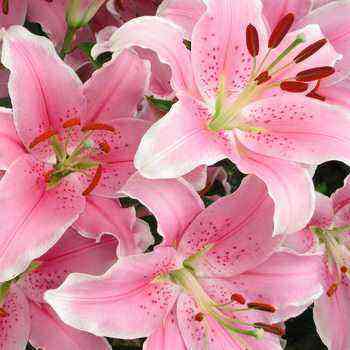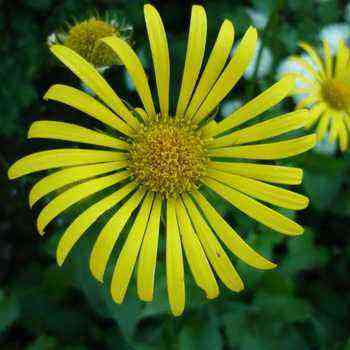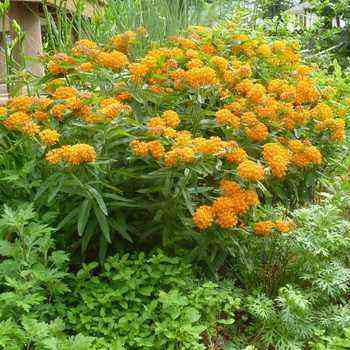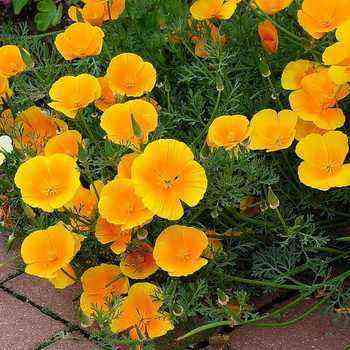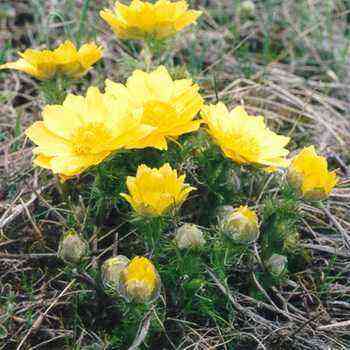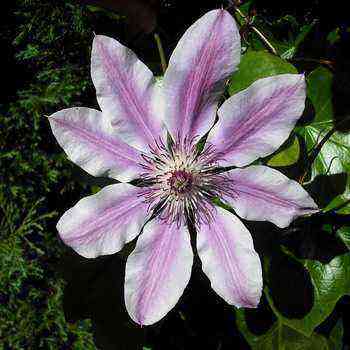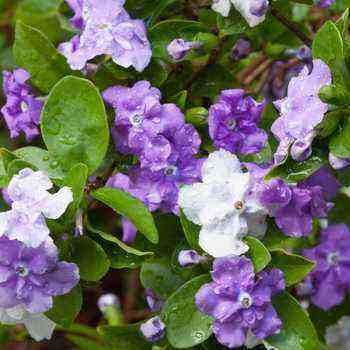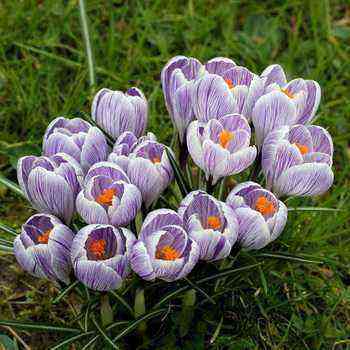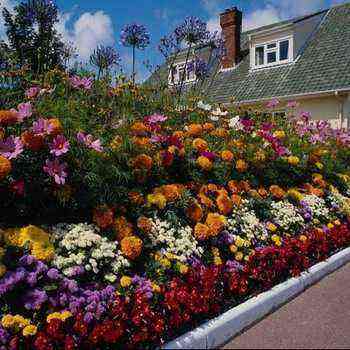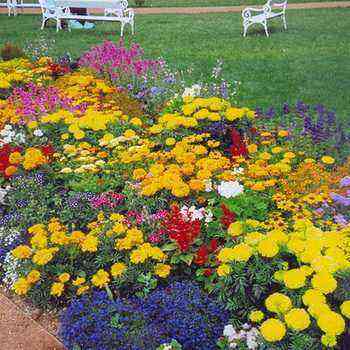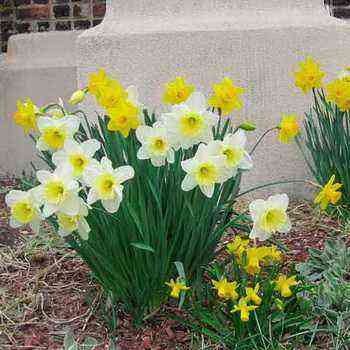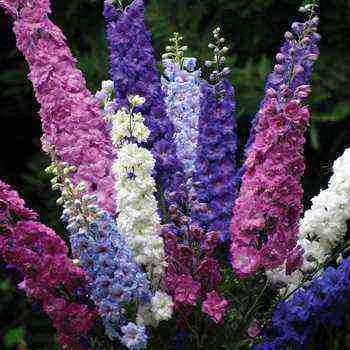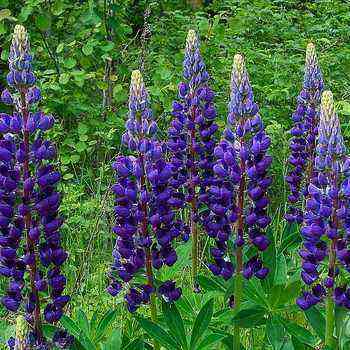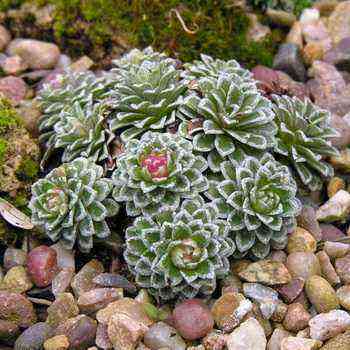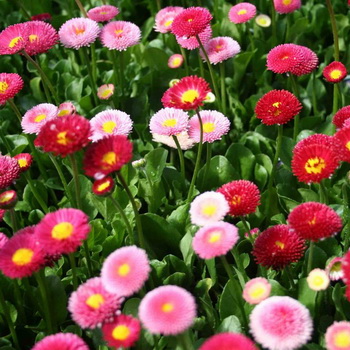 Growing perennial daisy flowers in your lard creates an excellent backdrop for higher crops, and if you plant large-flowered varieties, you can include these plants in bouquet compositions. Depending on the type of plant chosen, you can ensure the blooming of your flower bed throughout the season, because among them there are those that bloom in early spring, and there are also late-flowering forms.
Growing perennial daisy flowers in your lard creates an excellent backdrop for higher crops, and if you plant large-flowered varieties, you can include these plants in bouquet compositions. Depending on the type of plant chosen, you can ensure the blooming of your flower bed throughout the season, because among them there are those that bloom in early spring, and there are also late-flowering forms.
What does a daisy flower look like?
The daisy belongs to the Aster family, or Asteraceae. There are about 80 known species of perennial herbaceous plants native to Europe, America and Australia. In culture, only one of the species is used and is grown as a biennial.
Below are photos and descriptions of daisies that can be grown in the middle lane:


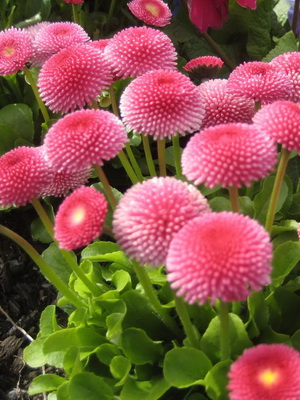
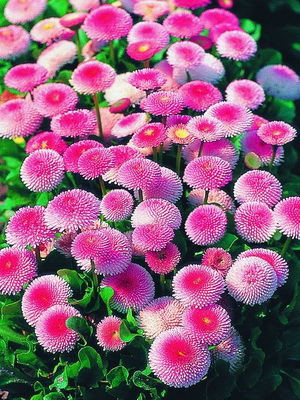
Translated from Latin, the name of this flower means “pearl”. Indeed, the numerous small whitish and pinkish flowers of daisies, according to the description, resemble pearls scattered on the grass. Among the ancient Germanic tribes, the daisy was a symbol of the goddess of spring, Ostara. They decorated vessels for wine with wreaths of blooming daisies. In Russia, this flower was popular in Elizabethan times. In England in the XVII-XVIII centuries. the daisy was especially loved and was sung in many folk songs. In April, the streets of British cities were filled with flower girls carrying pink and white daisies. In France in the XIX century. Sunday before Easter (in Russia – Palm Sunday) was dedicated to this flower: windows of houses, lanterns were decorated with daisies, men flaunted with bouquets in their buttonholes, ladies pinned them to their belts. In Europe in the Middle Ages, daisies were widely used to decorate gardens and parks, but by the beginning of the 20th century. it was supplanted by tulips, hyacinths, daffodils.
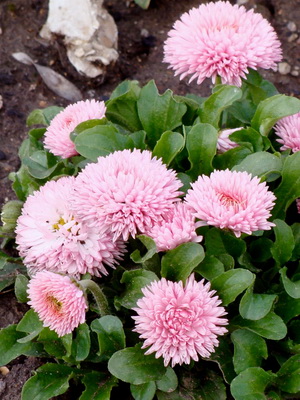
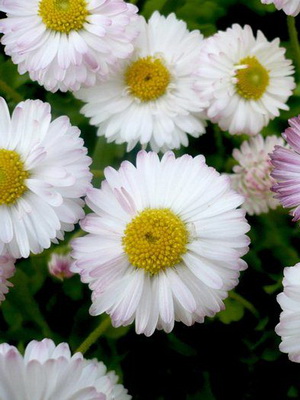
What does a daisy flower look like and how many varieties of this plant are known? In the first year of life, the culture forms a basal rosette of spatulate leaves on short petioles, in the second – numerous leafless peduncles 15 to 30 cm high, ending in single inflorescences-baskets, from 2 to 7 cm in diameter.
Look at the photo – perennial daisies have different colors (white, pink, salmon pink, red, orange):
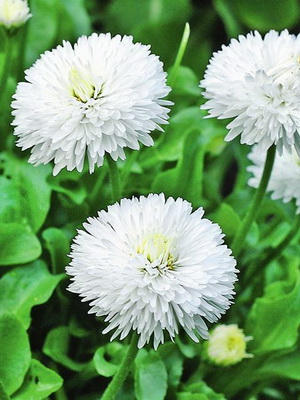
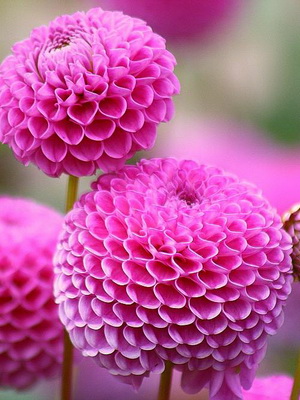


Up to 30 inflorescences can develop on one plant. Blooms from April. The optimum temperature for the growth and flowering of daisies is 15-18 ° C, therefore, with the establishment of hot summer weather, the flowers become smaller and the flowering is sharply reduced. By autumn, flowering is gaining strength again and continues until frost.
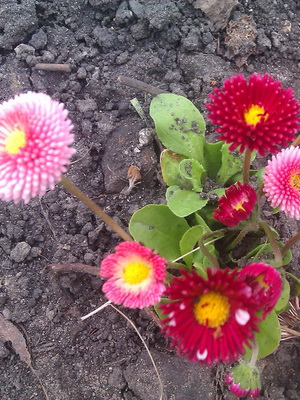
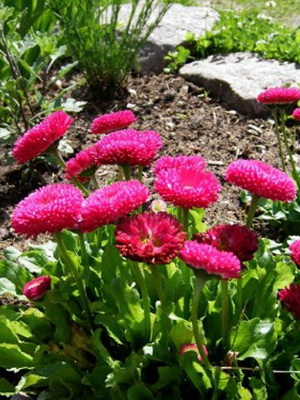
In culture, about 20 varieties of daisies are used, belonging to 7 garden groups and differing in flowering periods (early and late), the shape of the inflorescence (pompom, rosaceous, globular, tuberose), its size (small, medium and large-flowered), terry and color … The flowering time gap between early and late varieties is 2-3 weeks, and large-flowered varieties are usually late-flowering.
How to grow daisies in the garden
Daisy grows well in loose, fertile soil. Before growing daisies, you need to prepare a semi-shaded place for the plants. In the spring, with excess moisture, it gets wet. However, in the hot period, it needs regular watering, with a lack of water, it withers, the inflorescences become smaller. In the spring, they are fed with full mineral fertilizer (20 g per 10 l of water), feeding can be repeated after two weeks. Caring for perennial daisies includes loosening the soil and removing weeds. Daisies are hardy enough, first of all, simple and semi-double. Terry varieties, especially on light sandy soil, require shelter for the winter with dry leaves, peat, humus.
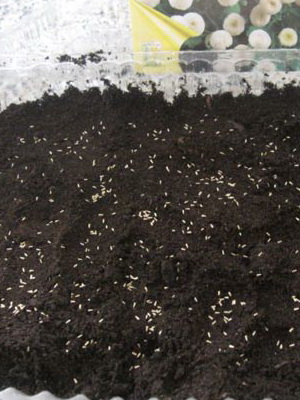
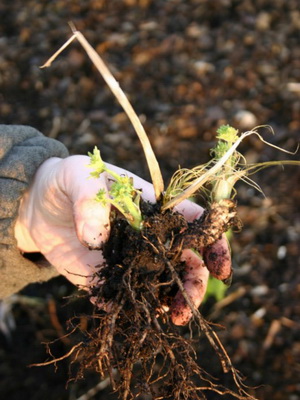
Propagated by cuttings, dividing the bush, but more often by seeds, which are sown in late June – early July on shaded ridges. They dive in 3-4 weeks. They are planted in a permanent place at the end of August with an interval of 15-20 cm. In order for daisies to bloom in the year of sowing in the second half of summer, the seeds are sown in boxes in March and grown in a greenhouse. In May, plants are planted in flower beds.
In the third year, a significant part of the plants die and they must be renewed either by sowing seeds or dividing the bushes. Two-three-year-old bushes in August are dug up and divided into separate rosettes with roots. For rooting, they are planted in a shaded bed. After 2-3 weeks, they can be transferred to a permanent place. Reproduction by dividing the bushes is also the easiest way to preserve beautiful double forms.
Sometimes propagated by green cuttings. In May-June, small side shoots with several leaves are cut off from biennial plants. Cuttings are planted on shaded ridges. After 2-3 weeks, they take root, and by autumn the plants are ready for planting in flower beds.

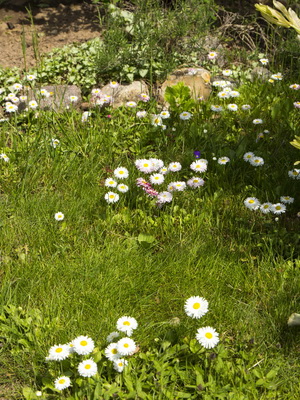
When properly planted and cared for, perennial daisies will create an excellent composition in a rabat, in a flower bed or lawn. Can be grown as a pot plant, in boxes on balconies. The combination of daisies with violets and forget-me-nots is especially effective. Large-flowered varieties give a good cut. Small-flowered forms can be placed in disarray on the Markitan lawn, where they will sparkle like pearls among the emerald grass.
